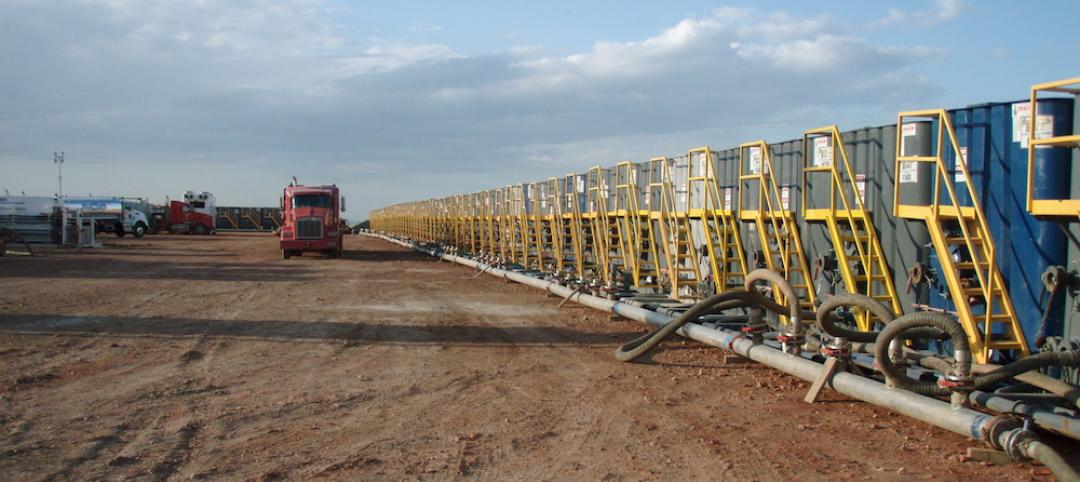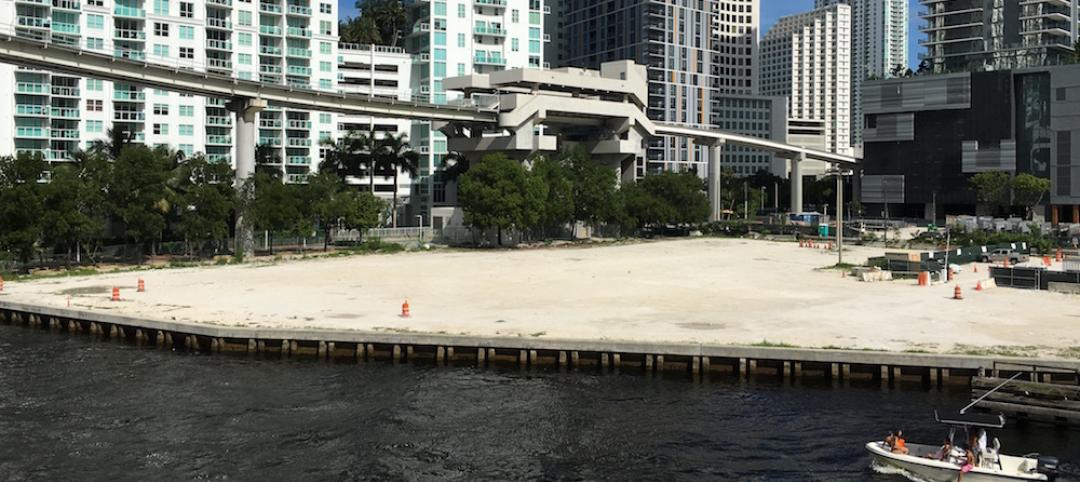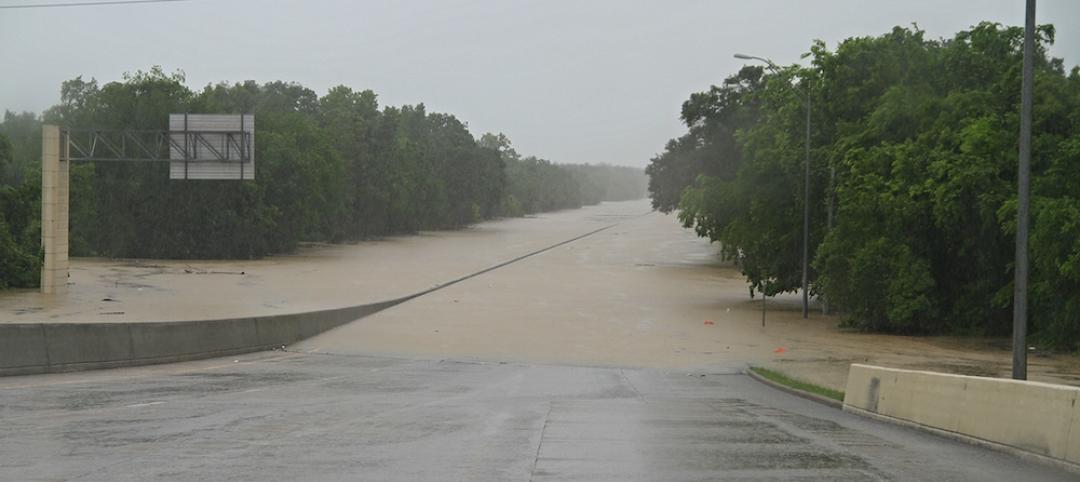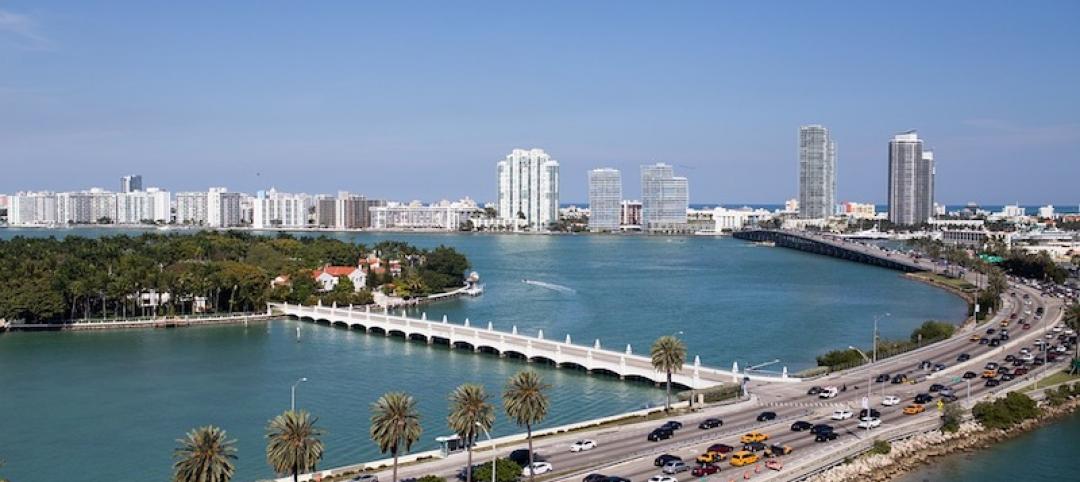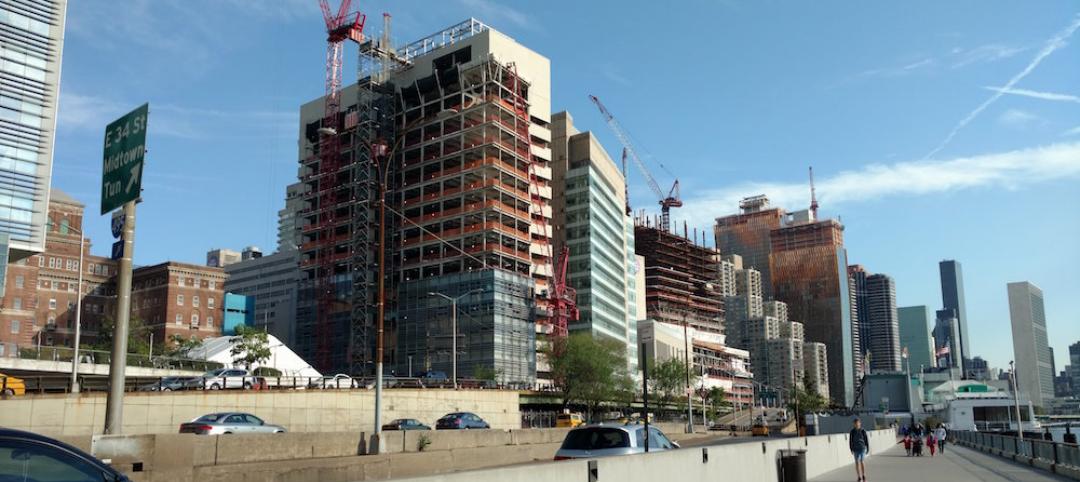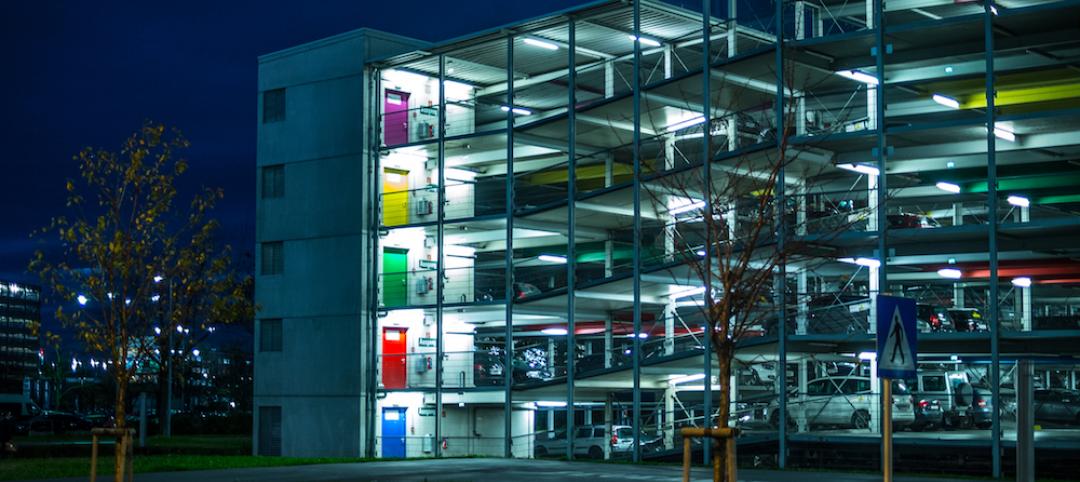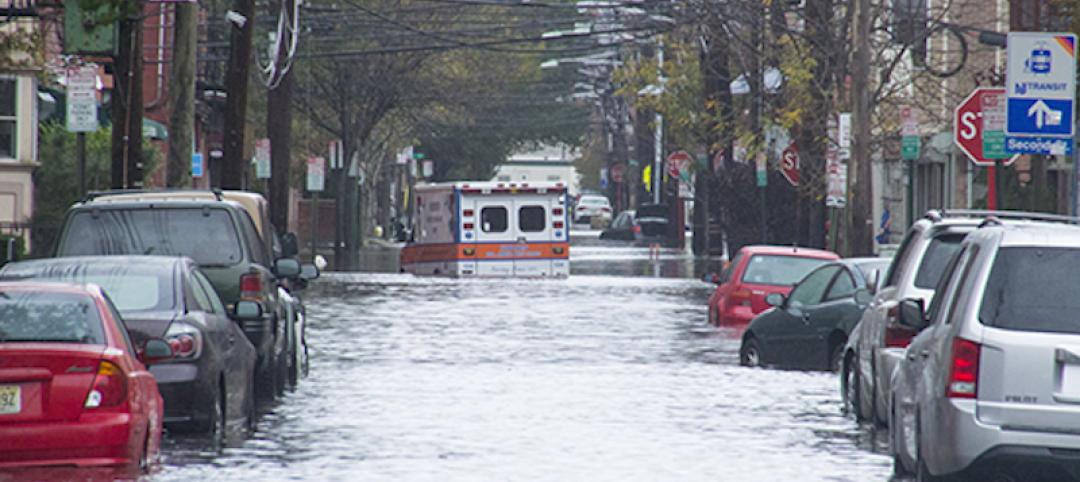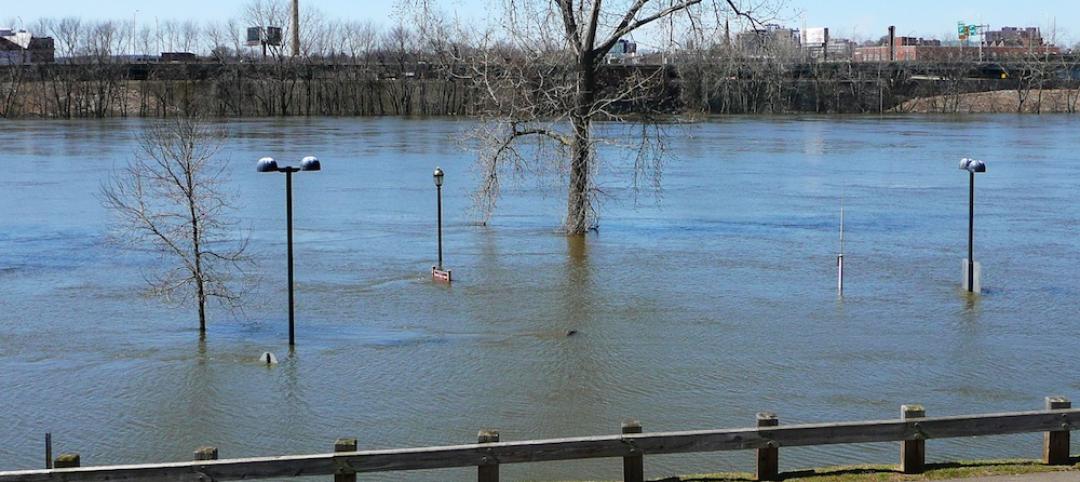New LEED pilot credits focused on resiliency are expected to influence future building designs.
One new pilot credit, the Passive Survivability design credit, is aimed at preparing building designs for functionality during emergencies. The building team would have to design a structure that meets at least two of these three standards: livable conditions after a disaster; backup power; and access to potable water.
In addition, designers would use a "habitability temperature zone" that includes relative humidity and other considerations important to human physiology to make it easier for people to survive extreme conditions if power is lost. The resulting new metrics for temperature require a new way to model buildings.
The other two LEED pilot credits pertain to the site. One, assessment and planning for resilience, requires a design team to assess critical hazards as part of the pre-design phase and complete climate resilience planning or emergency preparedness planning. The other credit, Designing for Enhanced Resilience, asks the design team to take the top three hazards from the and design for safety from them.
Related Stories
Resiliency | Aug 10, 2016
White House pushes for better finance strategies for disaster mitigation and resilience
The move highlights innovative insurance, mortgage, tax, and finance-based strategies.
Seismic Design | Jul 28, 2016
Risk of man-made earthquakes now factor in seismic hazard analysis
Significant risk increases seen in some areas of the U.S.
Resiliency | Jul 27, 2016
New York’s resilience plans not taking long-term view, critics charge
Continued waterfront development may be regretted later this century.
Resiliency | Jul 18, 2016
Impact fees on development proposed to fund Miami’s rising sea level resiliency plans
$400 million flood plan includes new valves, pumps, and raised roadways.
Resiliency | Jun 1, 2016
Federal agencies boost standards for more resilient construction
HUD, FEMA, GSA, Army Corps of Engineers make policy changes.
Green | May 31, 2016
Miami Beach requires developers to meet green standards or pay a fee
Applies to structures larger than 7,000 sf.
Resiliency | May 12, 2016
Resilience Building Coalition releases progress report
The coalition released a set of guiding principles to help the building industry adopt resilient design and policies. Since the initial signing, the coalition has added 19 new signatories.
Architects | May 11, 2016
AIA to create a resilience curriculum for architects
The program will teach resilient design and decision-making on hazard mitigation, climate adaptation and community resilience.
Legislation | May 11, 2016
Two bills seek to expand flood insurance policy writing to private carriers
Thanks to new floodplain maps, this market, previously the sole province of a federal program, looks more profitable.
Resiliency | May 2, 2016
Connecticut to develop new code standards for resiliency
Expected more frequent severe weather events due to climate change prompts review.



